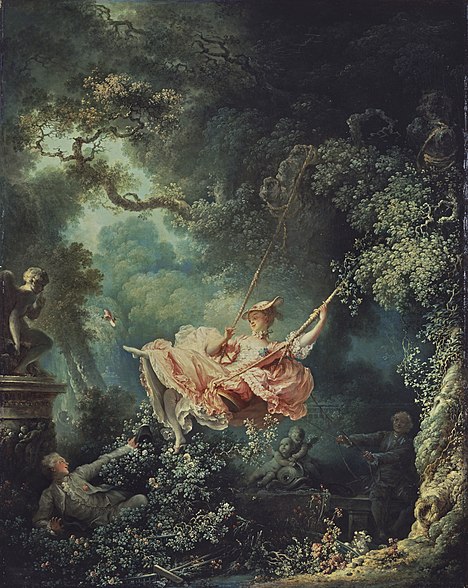'La Belle Dame sans Merci' is a poem by John Keats which served as a valuable store house of ideas for the visual artists during the Victorian era. Keats, who in a letter to his brother, claims to have been inspired to write this poem as the result of a dream, tells the story of a knight who meets a mysterious and ethereally beautiful woman, who captivates and enthralls him to such an extent that he is left wandering aimlessly in the woods, the captive of her snare. The painting of Waterhouse based on this poem is one of the most poetic creations, achieving a degree of emotional intensity which is unique in his oeuvre. It is reminiscent of an early watercolour by Rossetti, who had treated this subject in the 1850s, as Waterhouse was doubtless aware. The present study captures much of the same feeling and is unusual for Waterhouse is being so complete. It has almost the character of a small independent version."
The poem 'La Belle Dame sans Merci'
John Keats.
I
O, what can ail thee, knight-at-arms,
Alone and palely loitering?
The sedge has withered from the lake,
And no birds sing.
II
O what can ail thee, knight-at-arms,
So haggard and so woe-begone?
The squirrel’s granary is full,
And the harvest’s done.
III.
I see a lily on thy brow
With anguish moist and fever dew,
And on thy cheeks a fading rose
Fast withereth too.
IV.
I met a lady in the meads,
Full beautiful—a faery’s child,
Her hair was long, her foot was light,
And her eyes were wild.
V.
I made a garland for her head,
And bracelets too, and fragrant zone;
She look’d at me as she did love,
And made sweet moan.
VI.
I set her on my pacing steed,
And nothing else saw all day long,
For sidelong would she bend, and sing
A faery’s song.
VII.
She found me roots of relish sweet,
And honey wild, and manna dew,
And sure in language strange she said—
“I love thee true.”
VIII.
She took me to her elfin grot,
And there she wept, and sigh’d fill sore,
And there I shut her wild wild eyes
With kisses four.
IX.
And there she lulled me asleep,
And there I dream’d—Ah! woe betide!
The latest dream I ever dream’d
On the cold hill’s side.
X.
I saw pale kings and princes too,
Pale warriors, death-pale were they all;
They cried—“La Belle Dame sans Merci
Hath thee in thrall!”
XI.
I saw their starved lips in the gloam,
With horrid warning gaped wide,
And I awoke and found me here,
On the cold hill’s side.
XII.
And this is why I sojourn here,
Alone and palely loitering,
Though the sedge is wither’d from the lake,
And no birds sing. 

